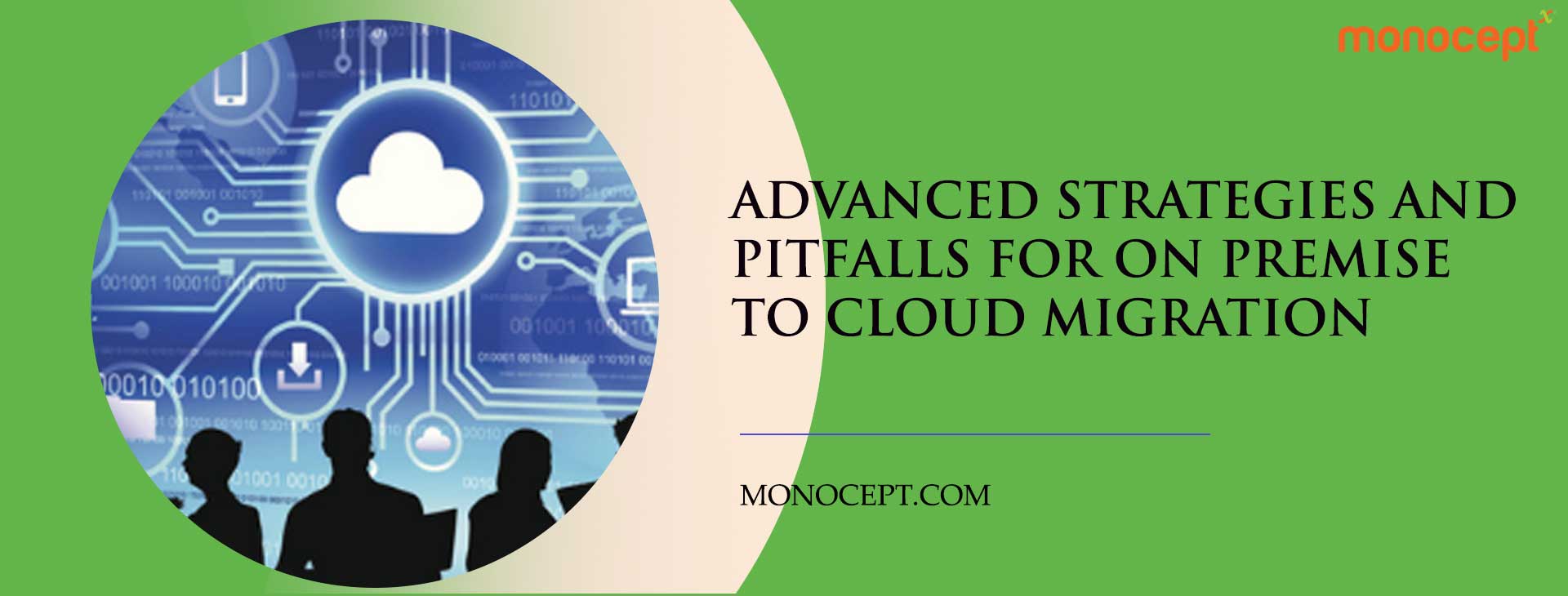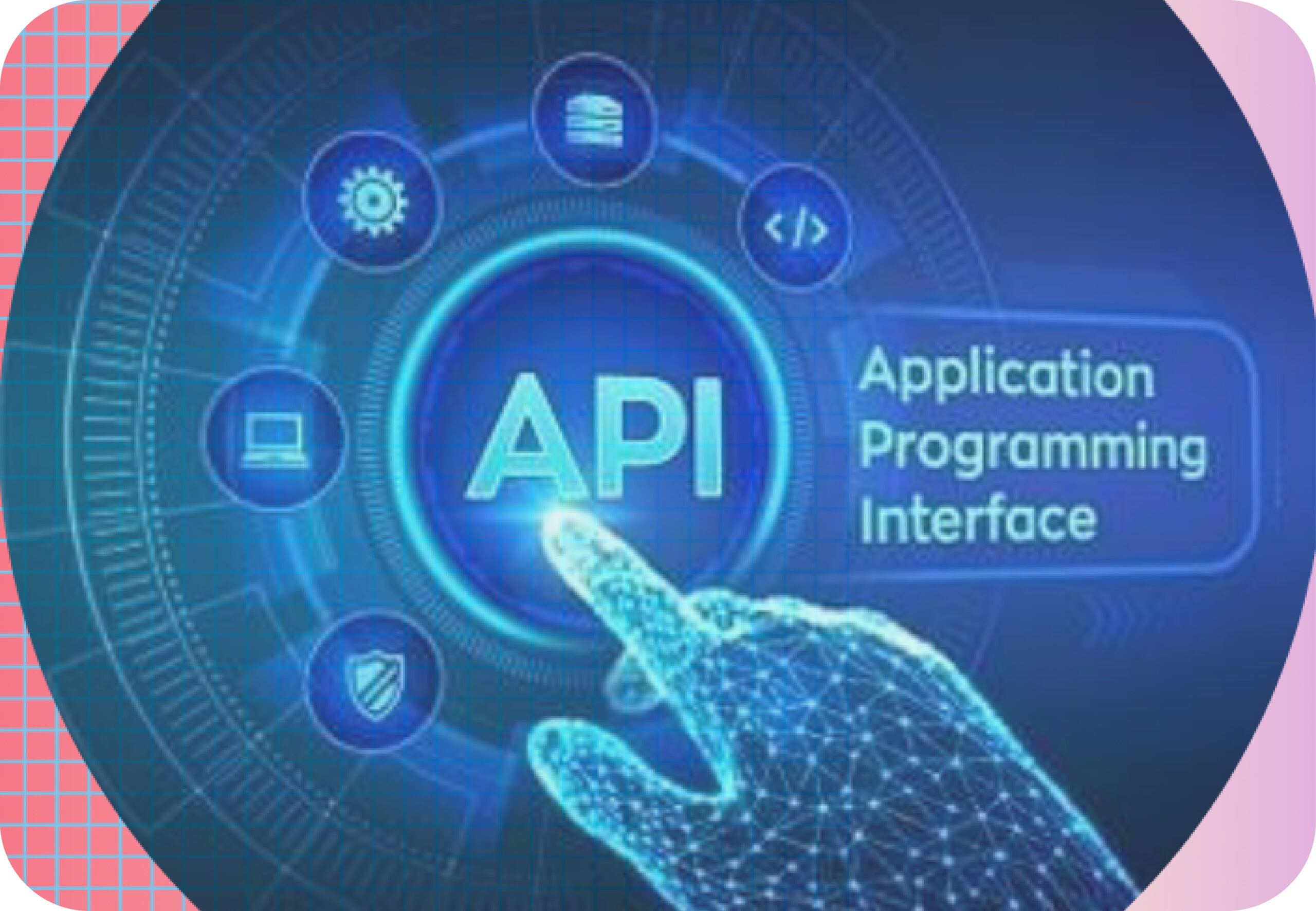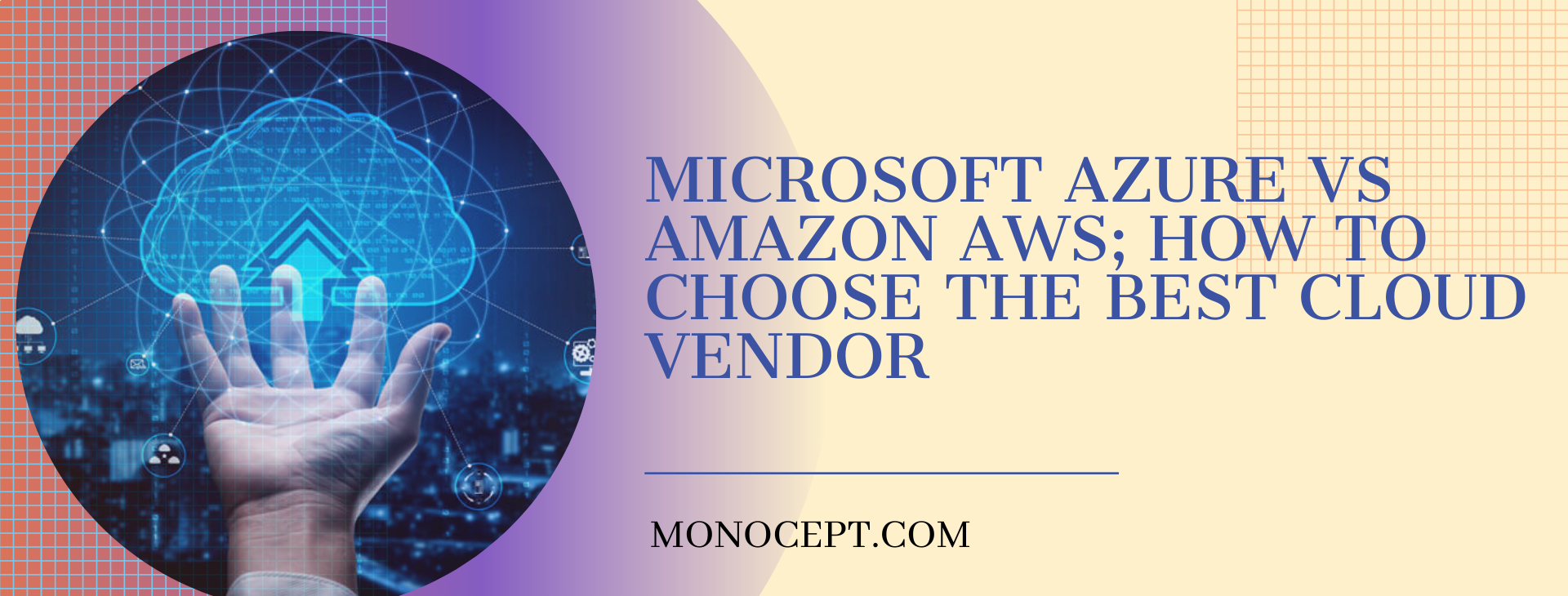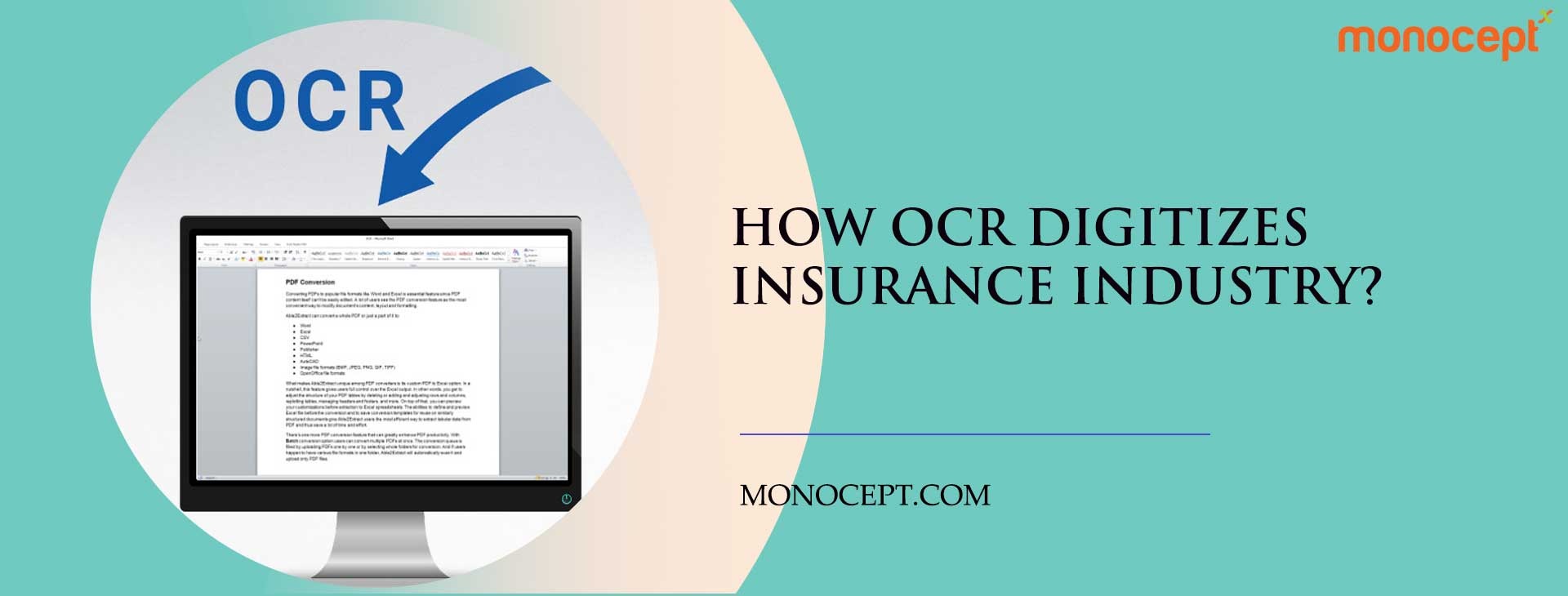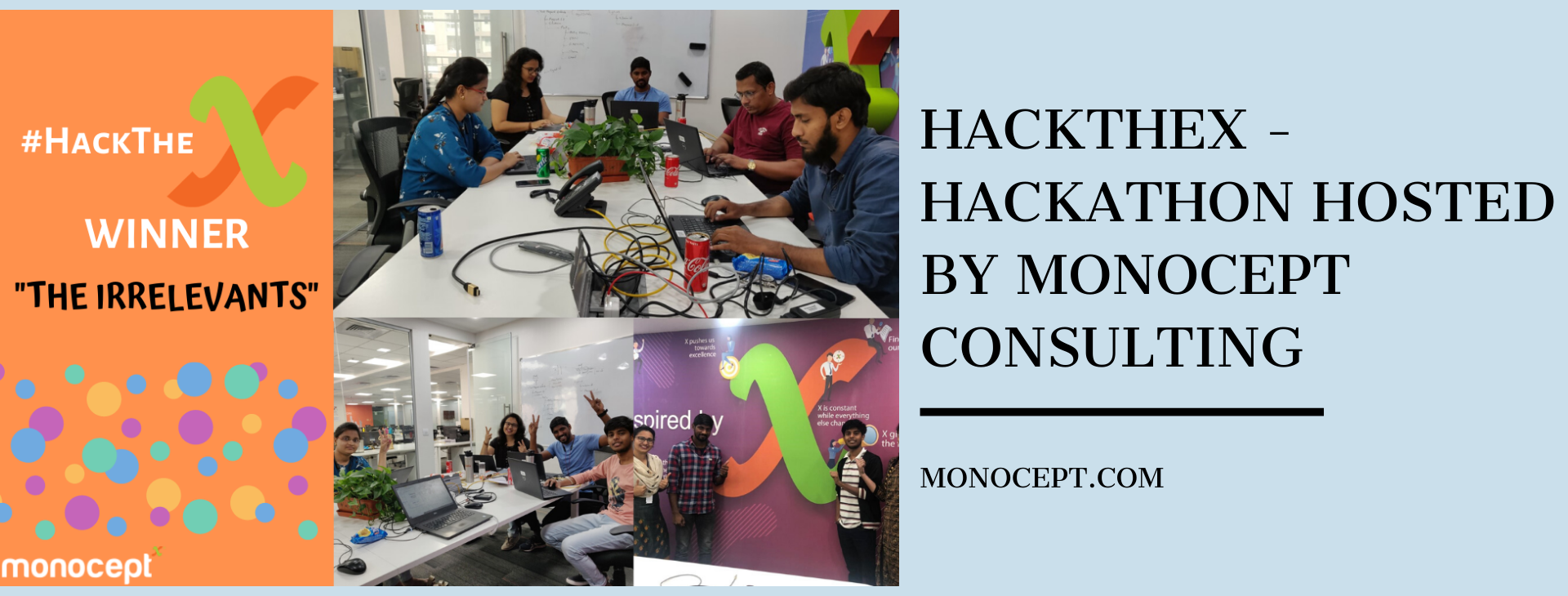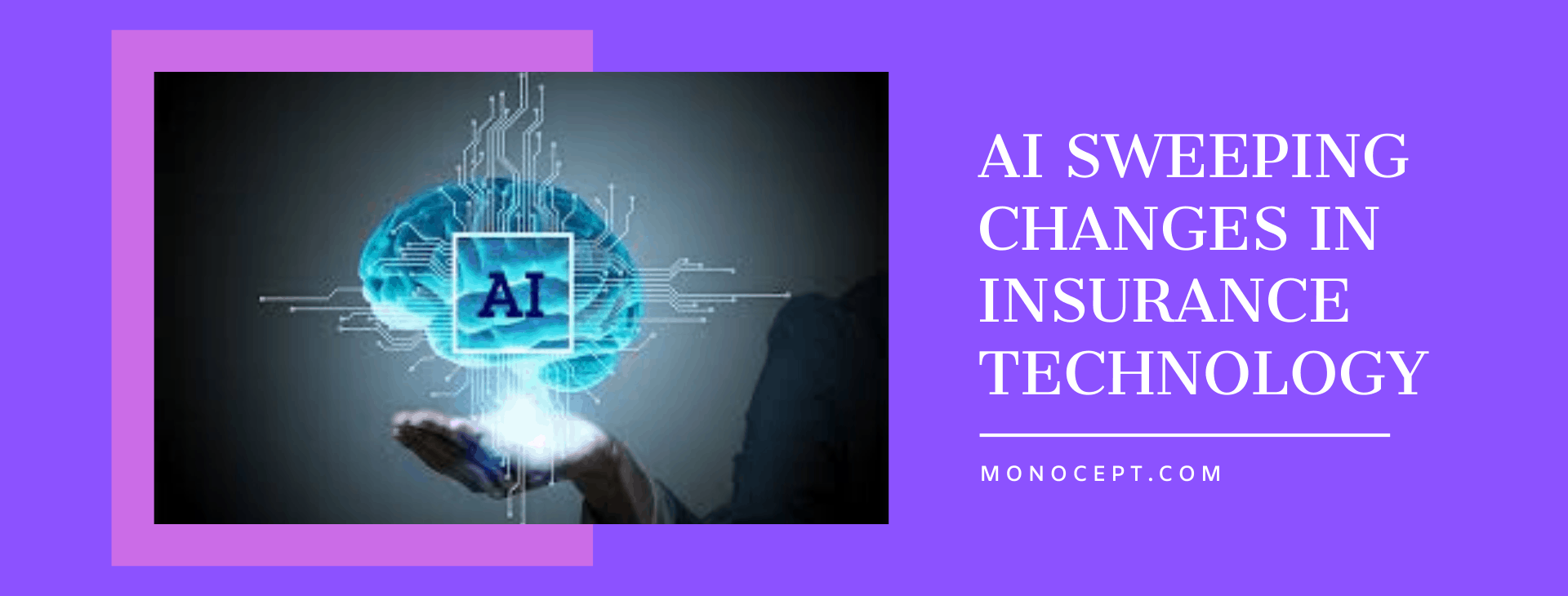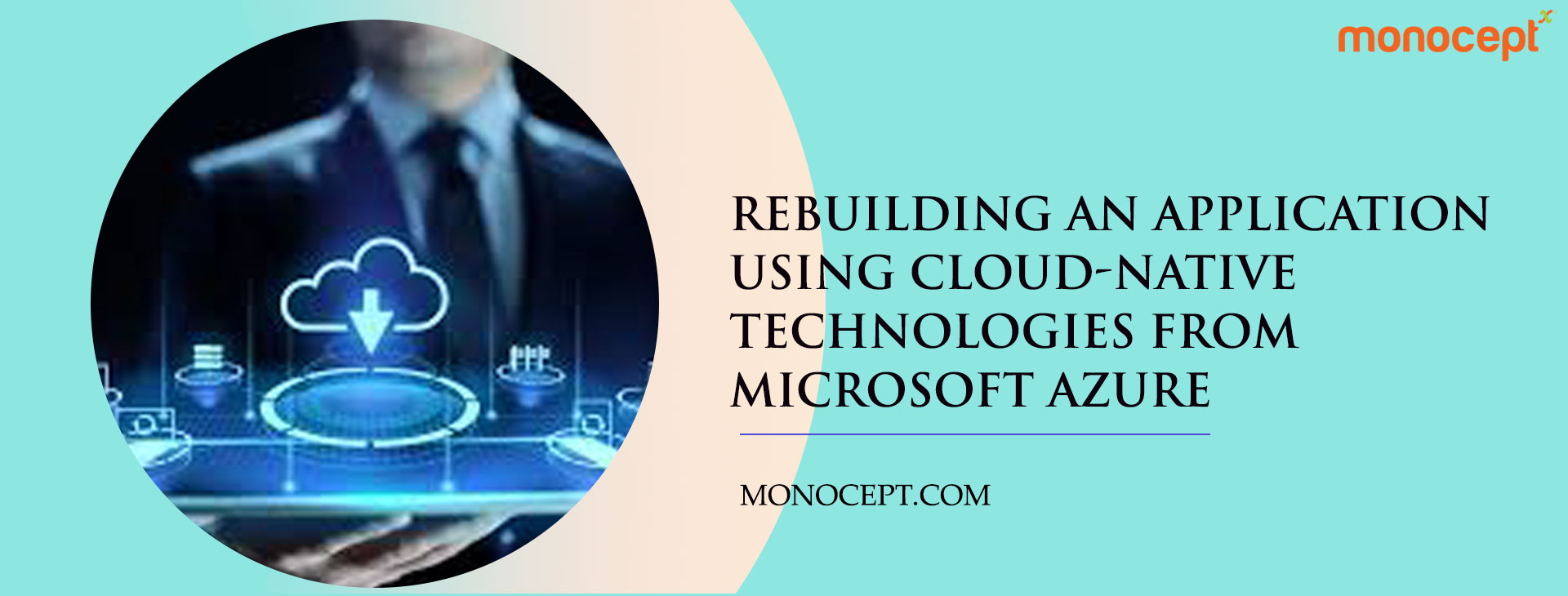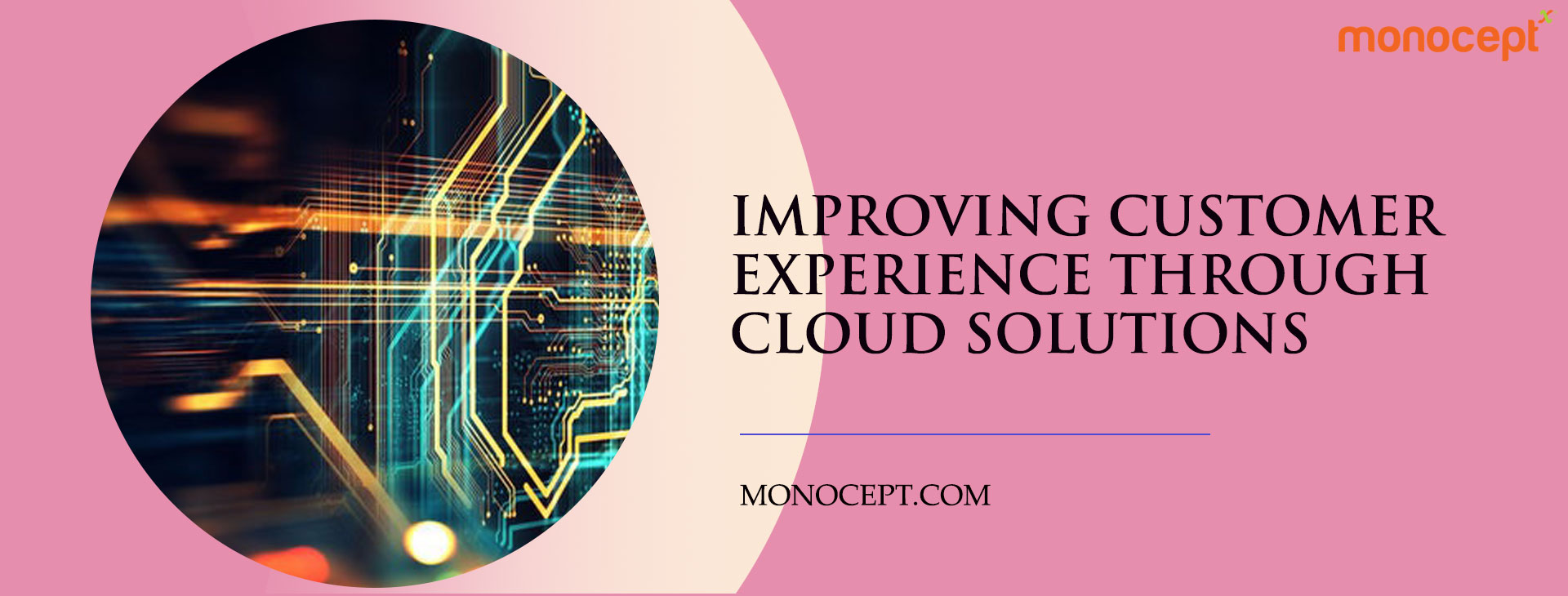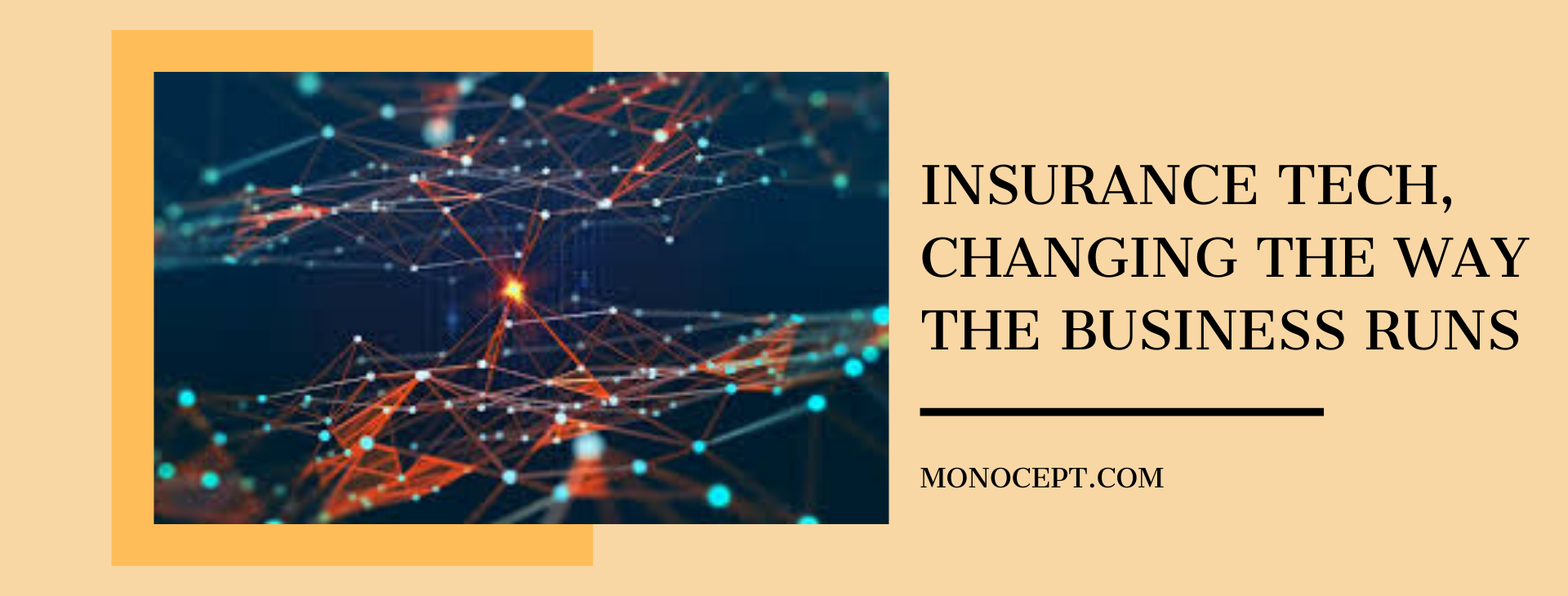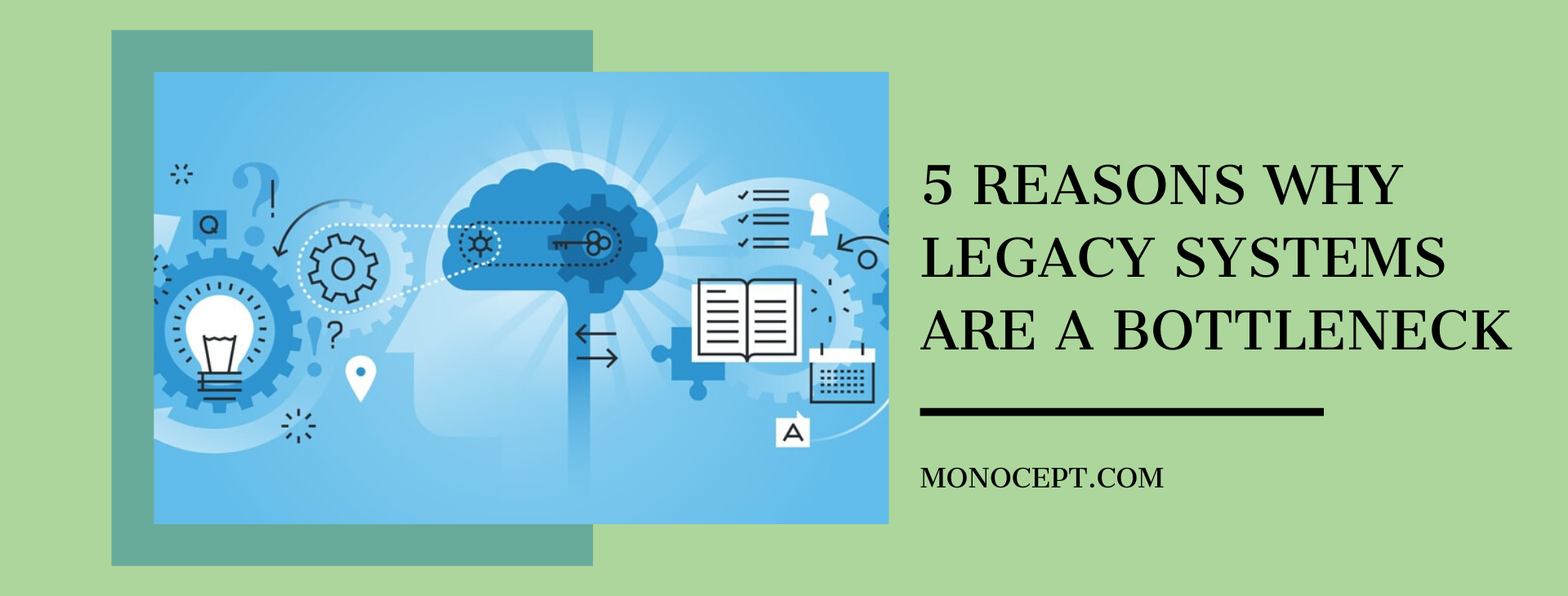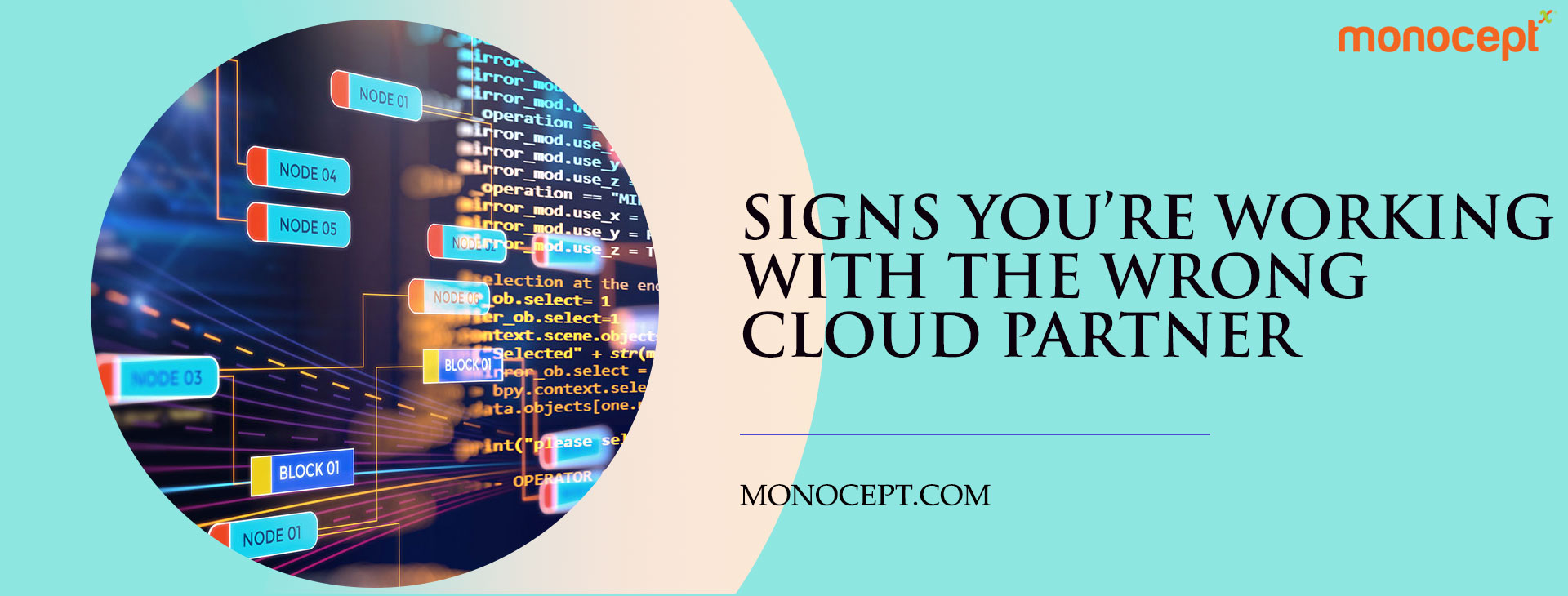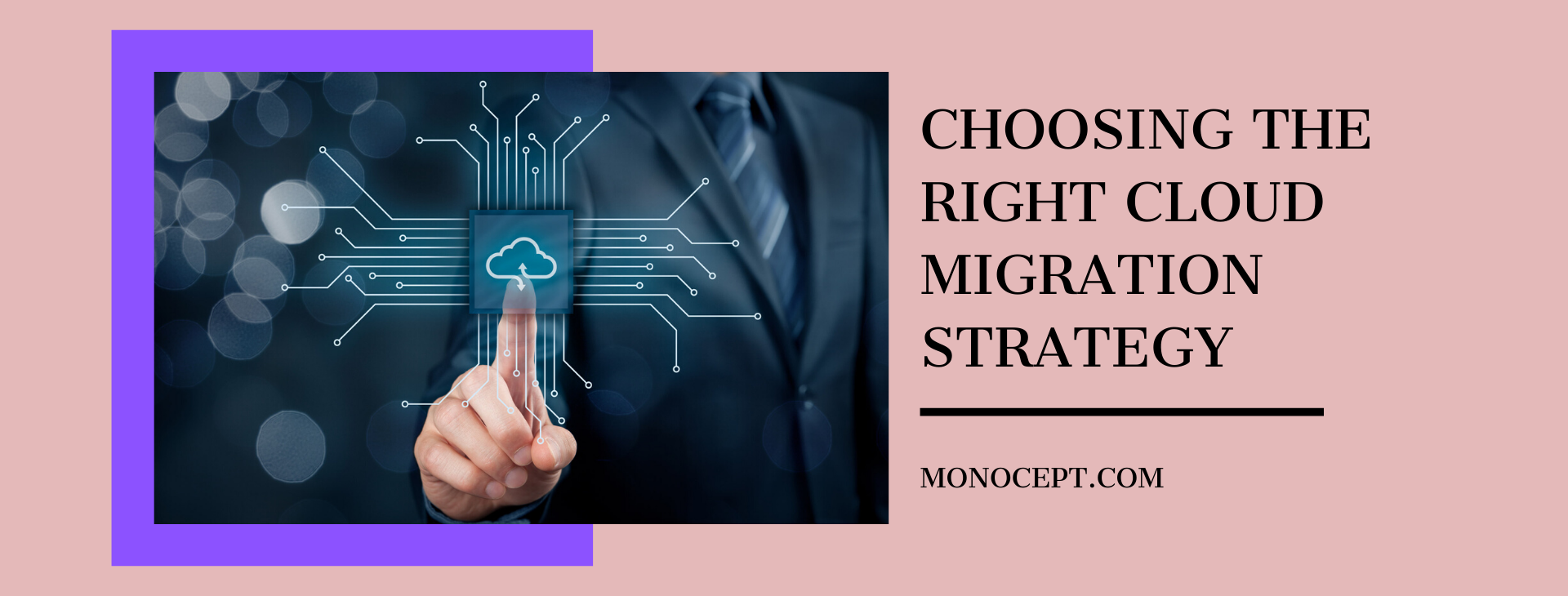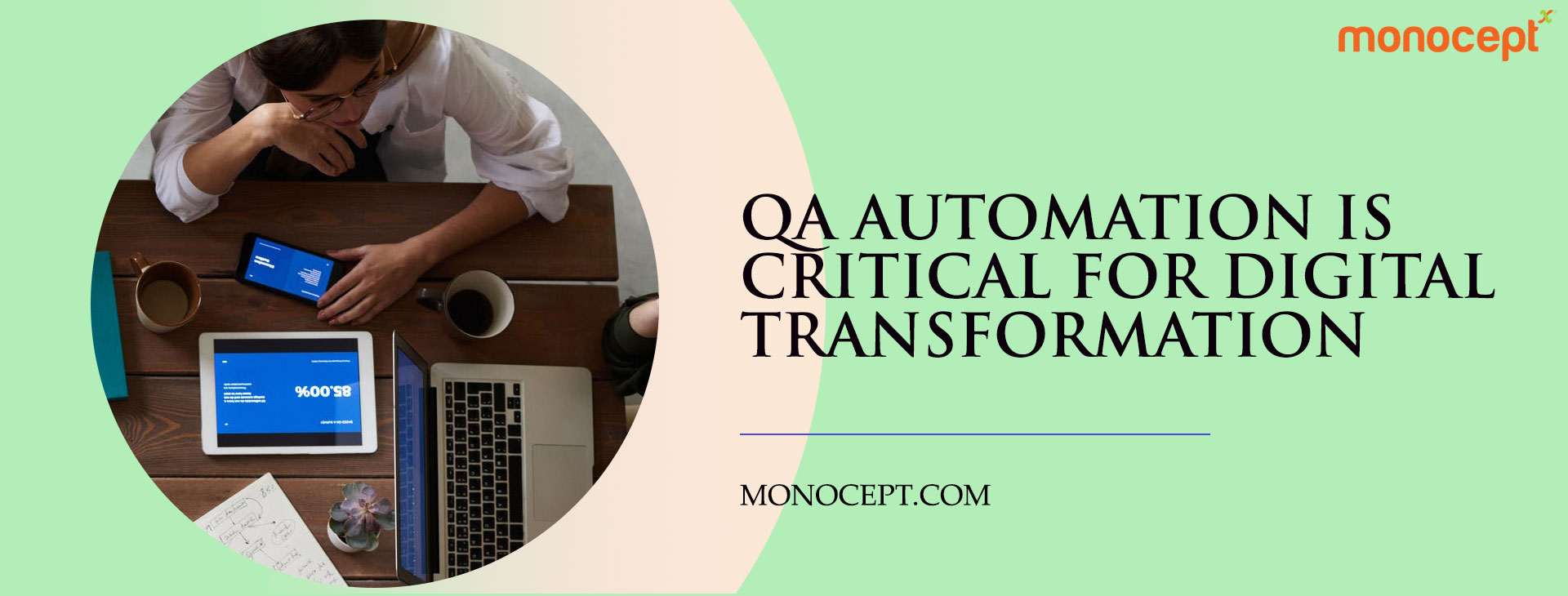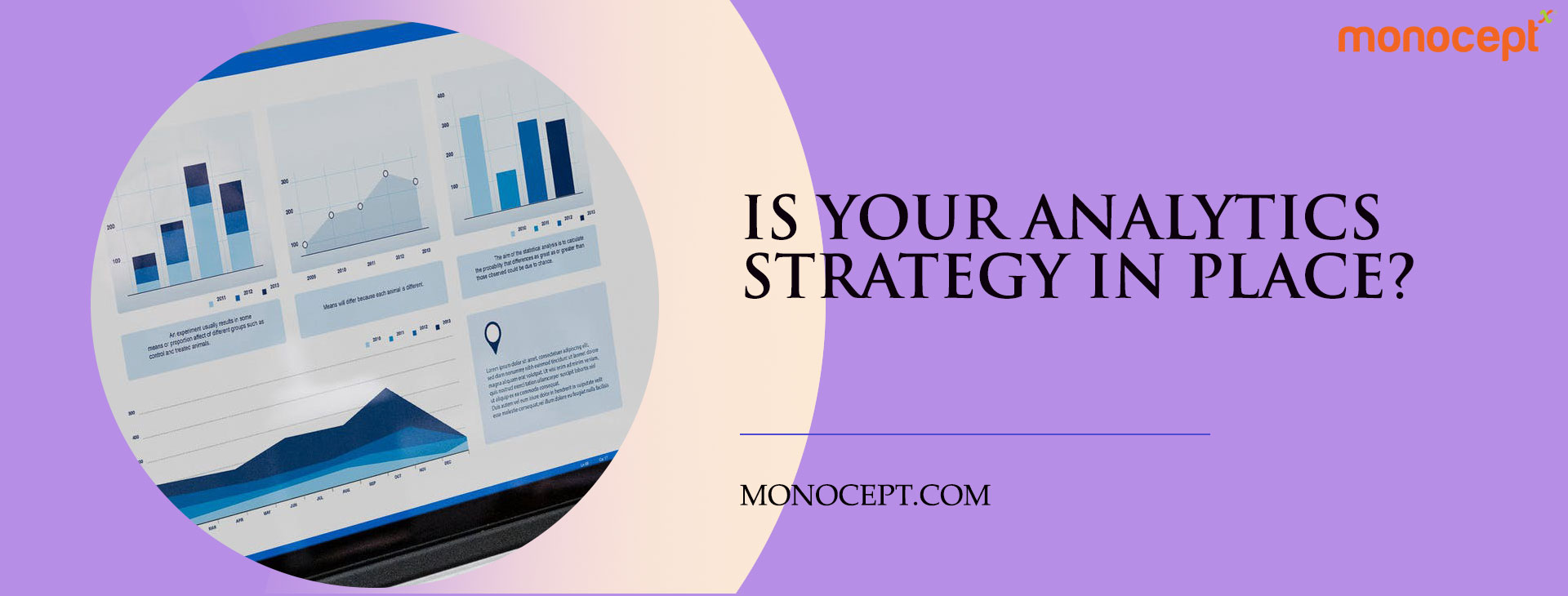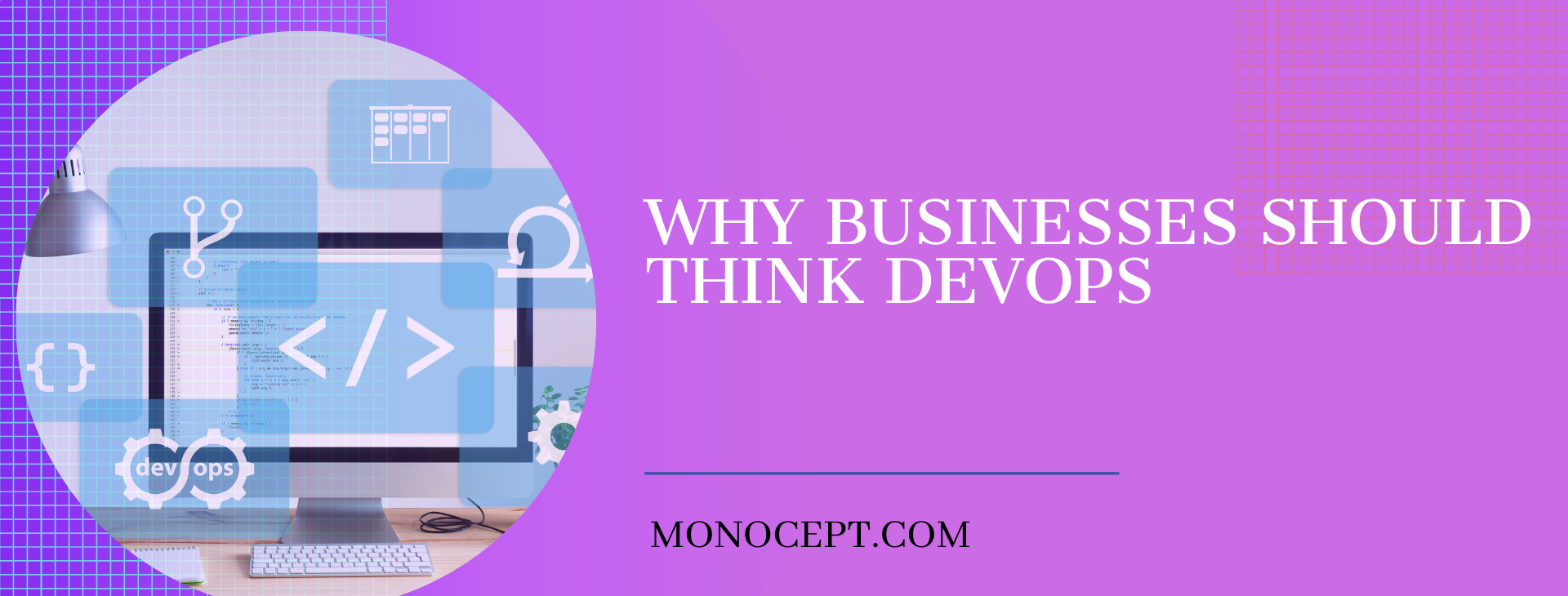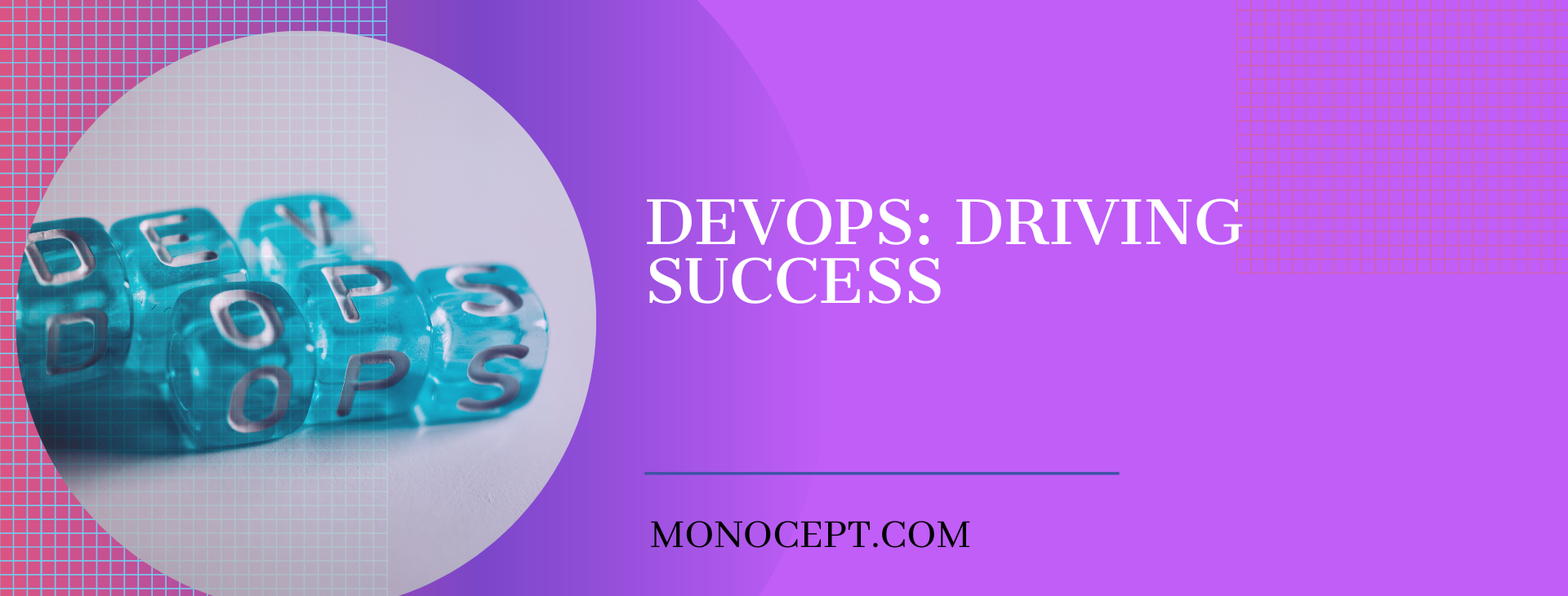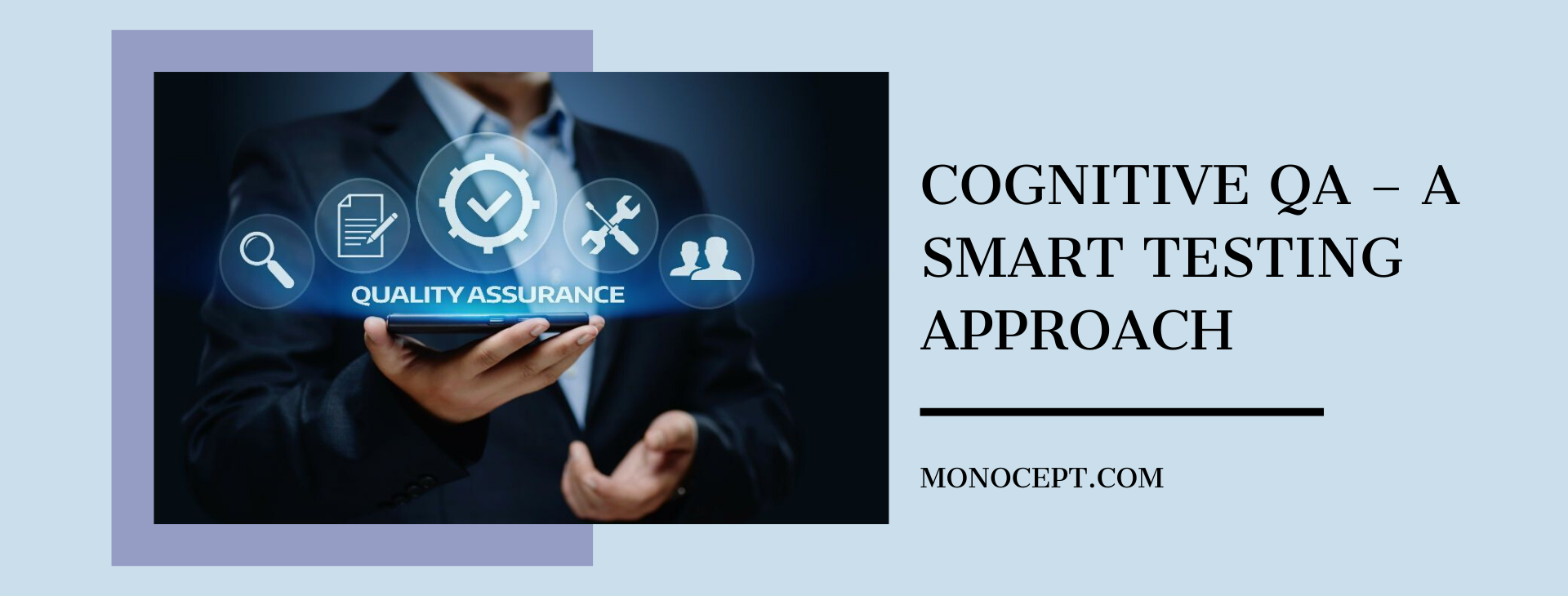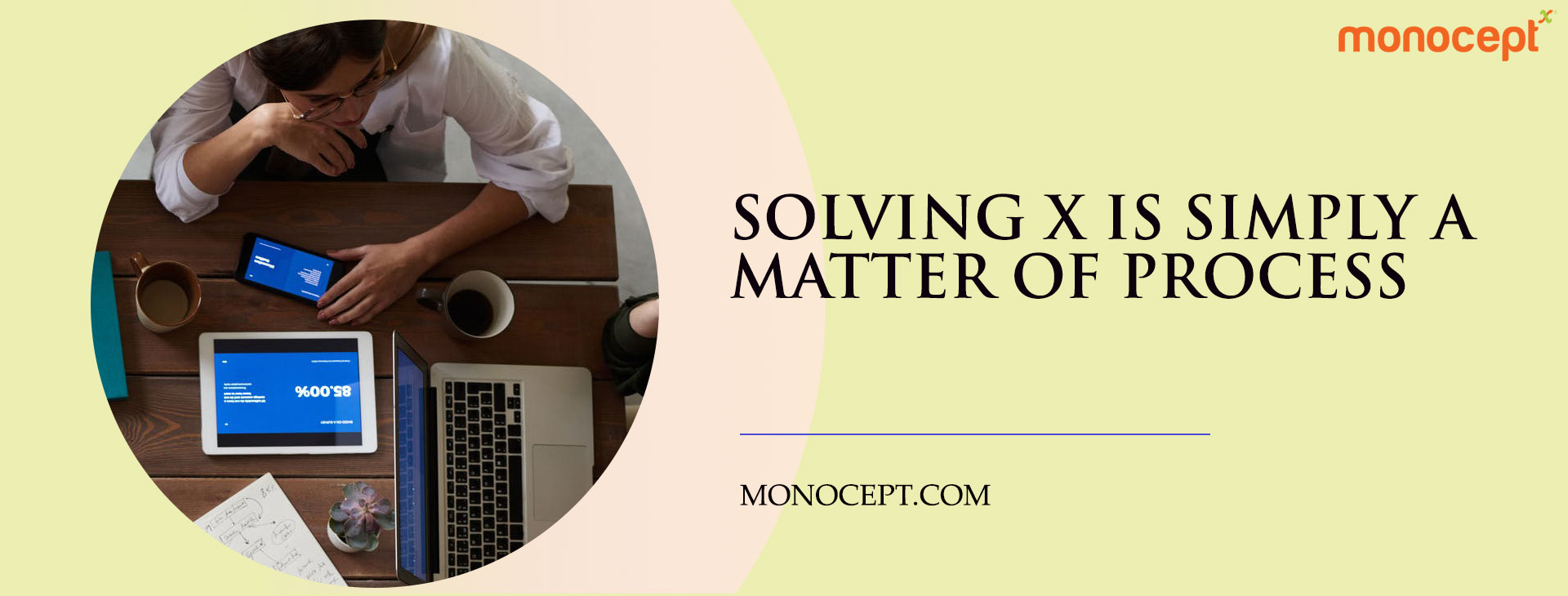Advanced Strategies and Pitfalls for on Premise to Cloud Migration
On-premise to cloud migration is not just a technical change but a cultural one. Moving to the cloud transforms your business fundamentally across day-to-day operations, talent acquisition and development, budgeting, and even end-user productivity.
Therefore, it requires a careful approach to determine the best ways to leverage new cloud capabilities and modernize applications towards harnessing the full benefits of the cloud. Most literature only provides a snapshot of the best practices alongside checklists to guide your steps on that complicated journey.
Many companies begin to run into various problems because they lack understanding of the best practices (especially regarding security and performance) during development and working in the cloud environment.
We’ve handled diverse on-premise to cloud migration projects and have put together some of the top areas to consider during this complex journey.
1. Invest in container technology
Naturally, you may already think of containers as storage boxes, which might house code, software, and other connected components. In terms of cloud computing, containers are highly popular from the standpoint of application development. First, they are not dependent on your server and its operating system and will not go down if the server does. In truth, if your server goes down, you can easily spin a new server to work with the same container, which minimizes hassles and downtime.
Containers are also portable, allowing you to quickly move data and applications from one environment to the next without compatibility issues. They also favor rapid testing and development and will have no overhead or complications associated with configuring and managing underlying servers and operating systems. Finally, containers are scalable, which means you can replicate what’s on them an infinite number of times.
2. The need for a multi-cloud strategy
Many organizations assume that moving to the cloud is an all-or-nothing process and may think they only need one vendor. In truth, the most successful on-premise to cloud migrations feature a multi-cloud strategy and hybrid cloud configuration. So, in some instances, some organizations might do better with one significant migration of data to the public cloud, followed by series of smaller migrations across multiple cloud platforms depending on their organizational goals, priorities, and critical projects.
Other organizations may place only limited data within the cloud and use their private data servers for critical sensitive and proprietary applications.
A lot more organizations might prepare using different providers for different specific functions. For instance, they might choose to use the Google cloud platform for retail operations while warehouse management goes to AWS. These are different multi-cloud strategies, yet a few other organizations might engage in cloud migration over a long time as their projects and priorities evolve.
3. Don’t forget that security changes
On-premise meant that your technical support, development tools, and data infrastructure resides on-site with all projects – coding, testing, configuring, and validating proper security settings happening in a centralized manner. So, development projects would typically take weeks, but such projects might only take an hour or a day to set up with the cloud.
Still, the greater ease and speed of development, testing, and deployments of applications that come with the cloud are not without challenges.
First, your current IT staff will require additional cloud training as the cloud infrastructure reduces their skillset to the barest minimum. Not everyone will have the same level of knowledge and experience accessing the cloud or working with public cloud environments. This exposes your organization to significant risks, including such as improper port settings and misconfigurations. You must realize that even the simplest mistakes can expose your organization to diverse kinds of cyber threats and attacks.
Secondly, you must carefully assess the relationship between you and your cloud provider on cloud security as you both share responsibilities regarding the security of your data and applications. Typically, it might mean that your cloud provider bears the brunt of security for all their infrastructures within their physical brick and mortar facilities while you are in charge of securing all your own data and applications. So, you must read the fine print of your contract to determine your respective roles.
4. Build a unique business case
As said earlier, on-premise to cloud migration will bring about positive alongside negative business impacts. Therefore, as said before, getting into the cloud shouldn’t be your central objective.
So, it’s essential to be clear about the critical business differentiators, risks, and critical drivers for your specific business. Here are some questions you must answer while building your cloud migration strategy;
- Is your primary objective improving customer experience, or do you want greater speed in IT operations?
- What about improving internal efficiencies?
- Do you want to migrate to achieve rapid response to changes in technology?
- Do you need a cloud migration partner that brings expertise to the table?
- How will you manage your cloud security needs?
- What are the implications of your migration plan to your existing legacy applications?
There are many more questions to be answered. They will determine whether you need to implement a ‘lift and shift strategy’ or ‘re-code or ‘re-architect; your applications adapt to newer technology.
It might also mean leveraging container technologies or not. However, you must not also forget the need for new cloud security protocols.
In the end, on-premise to cloud migration is not as simple and straightforward as the name implies. Many organizations assume that it’s a simple one-shot bulk transfer of all existing data and infrastructure. It’s essential to re-invent your mindset to ensure that all logistical, cultural, technological, and staff-related challenges are well-addressed to prevent future severe setbacks from the onset.
The cloud has changed the way we think about technology, and it’s time to rethink your approach to enterprise software. Monocept offers a revolutionary new platform that enables you to build software applications faster than ever before, without compromising on security or control.



